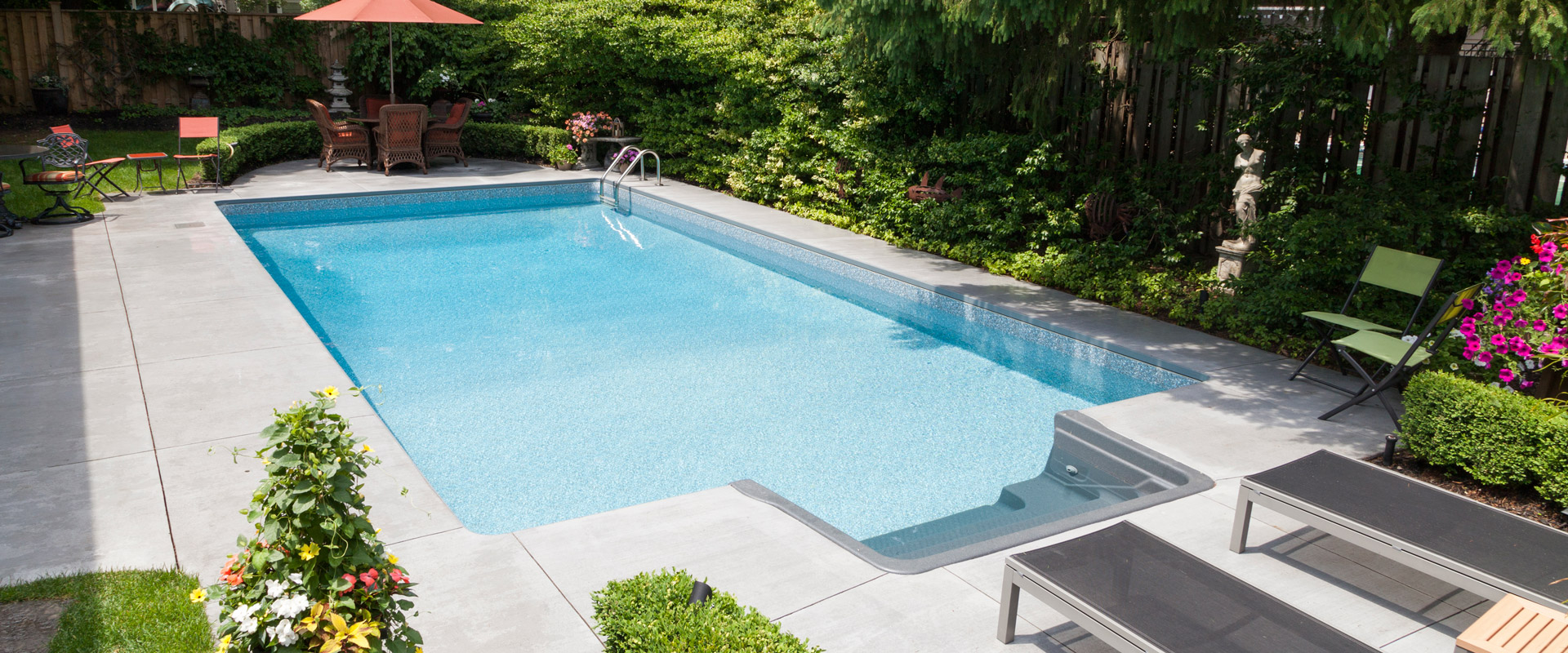
Above ground pool volume calculator professional#
If the swimming pool volume calculator or calculations don’t work properly for you because you have an unusual pool shape, or you just want everything to be more accurate, ask a pool professional to take the measurements and figure out the volume for you.

When To Ask a Professional to Measure Your Pool Finally, add all the volume figures together, and you’ll have a pretty close approximation of the pool’s total volume. Then use the same formulae above to calculate the volume in each smaller section. Once you’ve mapped them out, measure each part. Try to see smaller, individual squares, rectangles, or circles within the larger, irregular shape. The easiest way to calculate an oddly shaped pool is to imagine it broken down into two or three smaller, regularly shaped parts. If you have an oval, kidney shape, or other irregular-shaped pool, you can still calculate the volume. Finally, measure the pool’s depth.įor example, if your pool’s diameter is 18 feet, your radius is 9 feet, and your depth is 4 feet: Your radius squared is the radius multiplied by the radius. Then divide the diameter by 2 to get the radius. Start by measuring your pool’s diameter, which is measured at its widest point across (i.e. The formula for finding the volume in gallons of a round pool is 3.14 × r2 × D × 7.5 = V (in gallons) Once you have the volumes of both parts, simply add them together to determine the volume for the whole pool.

This will allow you to apply the volume of each section using the constant depth formula. Treat the shallow and deep ends as separate pools. If your pool has a definitive drop between the shallow and deep ends, the average depth will be different, even if the shallow end and deep end are still, for example, 3 feet and 9 feet, respectively. Finally, multiply that figure by 7.5 to calculate the volume of the pool in gallons.įor example, if your pool is 32 feet long, 16 feet wide, and has an average depth of 6 feet: Next, multiply your pool’s length and width and then multiply that number by the average depth. Add the shallow end depth to the deep end depth, and divide by 2.įor example, if your pool’s shallow end is 3 feet, and the deep end is 9 feet, the average depth is 6 feet. First, determine the pool’s average depth. If your rectangular pool has more than one depth (shallow end, deep end), you’ll need to do a little more math. The formula for finding the volume of a rectangular pool with one depth (no shallow or deep end) is L × W × D × 7.5 = V (in gallons).įor example, if your swimming pool is 32 feet long, 16 feet wide, and 4 feet deep: How you calculate your volume will depend on how the bottom of your pool is laid out. Let’s see what this looks like with different pool shapes. So in order to figure out how many gallons your pool holds, you’ll multiply your final cubic foot measurement by 7.5 to find the volume of your pool. Then throw in your pool’s depth and you’ll get basic volume calculation.Īnother key part of your equation: one cubic foot of water contains 7.5 gallons. Multiply the length and width to get the surface area of a rectangular pool. And to do that, you’ll need a few basic metrics: To get your pool’s volume, you need to calculate your pool’s surface area and average depth. It’s an easy-to-follow guide to help you keep your pool clean and clear. And always measure the depth of your water, not the height of your wall.īy the way, if you’re struggling with knowing which pool chemicals to add and when, be sure to check out our Pool Care Video Course. You’ll always get more accurate results if you measure your pool yourself. You can use the pool volume reference chart below to quickly calculate the volume of these common pool sizes.
Above ground pool volume calculator how to#
We cover how to calculate the volume of an irregular-shaped pool at the end of this guide. If you have a more complicated shaped pool, you’ll need to run a few other calculations. But the rounding isn’t enough to throw off your water chemistry calculations.

Note: The calculator rounds up decimal points, which makes it easier to calculate chemical dosing. You want to know how much water is in your pool, and it’s probably not filled up to the top. Be sure to measure from the depth of your water, not the height of the wall or the depth of the pool.


 0 kommentar(er)
0 kommentar(er)
